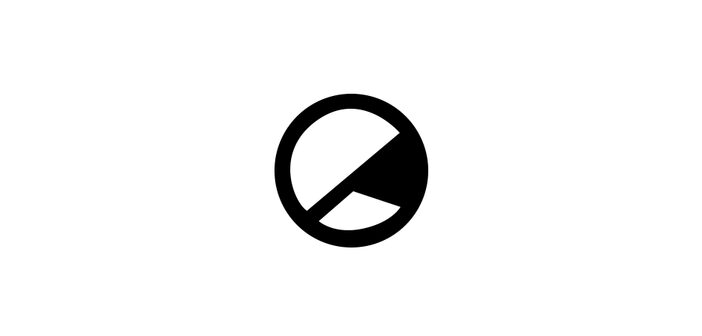*TW: Mental health, suicide*
Anne Sexton’s work in poetry generally seems to have been left behind by many. This may speak to a general preference within popular poetry to focus more so on stories of redemption, whilst Sexton’s usually bleak outlook – and her bleaker personal life, made public – take her work away from this idea that mental health is something that is easily recovered. Of course, being published in 1966, mental health being spoken of in such an open way was still something of a taboo, and so, this book’s eventual Pulitzer Prize win seems to mark the very early beginnings of a shift in the relationship between art and mental health (a change that poetry seemed crucial to in general). Surprisingly, in spite of the level of critical success it received at the time, it seems to have gradually slipped into obscurity, being one of her least popular collections now.
Sexton seems to have been seen as something of a joker outside of her writing, with her most known moment being when she told a journalist that her fans thought she had mentally recovered, but instead she ‘just became a poet’ – but her personal life speaks to a lot of struggles: institutionalisation for her mental health (which is actually where she started to write poetry), attempting suicide multiple times, and eventually being successful in October 1974, addiction and loneliness pervade any biographical description of her. And so, suddenly the words stretched out over the pages make a little more sense, even if the closing poem, simply titled, Live, suggests a kind of recovery and hope to the reader.
Whilst many of the poems on these pages stand out, both as standalone poems but also as a fantastic, intense collection and as the mark of a shift in the attitude towards mental health in writing (it’s maybe no surprise that there is a poem/letter to Sylvia Plath in here, written after her suicide, that explains that the two had promised one another to stay alive for each other – it’s one of the most touching and personal in the book), it is the one poem towards the book’s end titled Wanting to Die that stands out the most, at least to me.
That poem in particular seems to summarise the feelings held in the book as a whole – it is simultaneously crammed with beauty and a distinct, permeating darkness that makes it unforgettable. It describes, in some detail, Sexton’s thoughts on her own suicidal ideation, describing that when she feels suicidal, she has “nothing against life”, but that instead of being overwhelmed by a sudden hatred for life, it is just that “Suicides have a special language. Like carpenters, they want to know which tools. They never ask ‘why build’.” If it isn’t already clear, it’s a genuinely chilling poem, it’s extremely raw to hear death described as ‘the almost unnameable lust’. A video of Sexton reading this poem herself, uploaded to YouTube, is equally difficult to watch with the knowledge of what would eventually happen to her.
As one can easily imagine, it’s a tricky book to read due to its often depressive topics, but for those who are interested in writing on mental health, few books are so shockingly honest. Along with Galway Kinnell’s equally difficult The Book of Nightmares (1971), Sexton’s Live or Die is an absolutely essential poetry collection – a heartbreaking, stirring portrait of a woman trying to drown her demons.
Live or Die was published by Houghton Mifflin in 1966. Click below for the aforementioned video of Sexton reading ‘Wanting to Die’:




